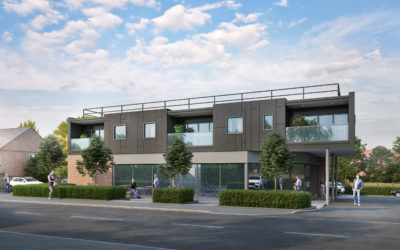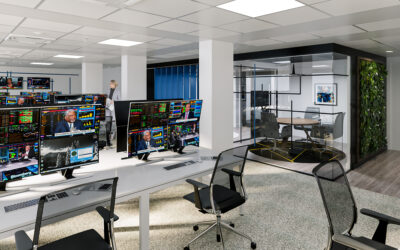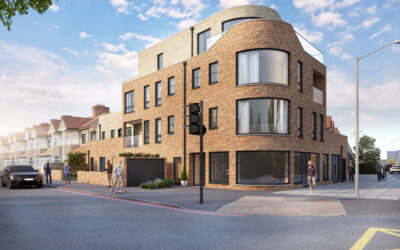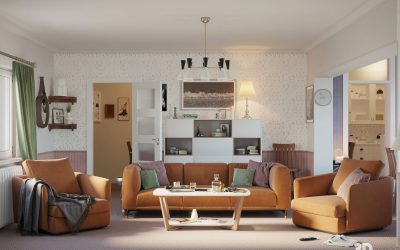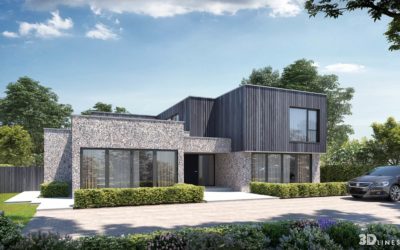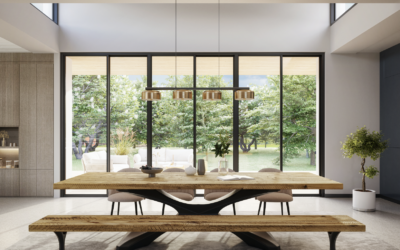Why Hire a Professional In Product Design Rendering?

Long gone are the days when, before a new product was unveiled, customers would have to rely on artist impressions followed by early, sneak-peek photo shoots. Today’s products seem to spring fully-formed from the drawing boards, complete with glossy, high-resolution photographs.
Of course, much of the time these aren’t photos at all; they’re product design renderings. Rather than photos, they are photorealistic computer renderings of what the final product will look like. To the average person, they are nearly indistinguishable from traditional photos. The difference is, of course, that no photography was involved – but rather a blend of 2D and 3D modeling, animation, and other computer visualisation processes, collectively known as product rendering.
So what exactly is a product rendering, how is it made, and what are the purposes of this process? Read on to find out more.
What is product rendering?
Since modern product renderings come before any final products have been finished, they rely on models instead to produce a visual representation of the product. Thus, product renderings are also referred to as product visualisations, turning concepts that only exist as models into something that can be seen in photorealistic quality.
Product rendering can also refer more specifically to the exact process of turning a model into a visualisation. Rendering relies on specialised computer software to take basic plans, drawings, and/or blueprints, and add the shadows, textures, colours, and other visual effects necessary to create a complete image.
Product design rendering shares a lot of its DNA with the more well-known visualisation efforts found in movies, TV shows, and computer games. In some ways, product visualisations closely resemble CGI efforts in the entertainment industry, attempting to make computer-generated images look (and act, in the case of animation) just like real-world objects.
Unlike traditional photos, a well-rendered visualisation can be reproduced in multiple angles, allowing one model to be used to produce a number of visualisations.
Purposes of product design rendering
Why go to all the trouble of rendering a product design? Why not just build a product, and then photograph it the old-fashioned way?
Two main reasons lead developers to turn to product design rendering.
Design
There’s a reason it’s called product design rendering; this process can be done very early in the development cycle. That not only allows consumers to see products early and build anticipation, but it also enables developers to use rendering to improve the design itself.
Blueprints or computerised models are part of that process already, but design rendering lets developers see their products and make instant changes. High-quality product design rendering brings out the details of proposed products, allowing designers to make little changes and tweaks that otherwise would be nearly impossible to catch until much later in the process.
Product design rendering is especially useful when dealing with clients. Design renderings can be sent over at every stage, allowing clients to give feedback as development proceeds. And with fully-detailed renderings, every aspect of the product can be tweaked, down to colour and aesthetics.
Concept sketching, also sometimes known as product sketch rendering, helps producers and clients achieve a better understanding of the product. Using rendering in the design process also speeds things up, helping with rapid prototyping and improving project management on the way to quicker mass production.
Marketing
Another huge upside of rendering product designs is that it gives companies something to advertise. Realistic renderings are nearly indistinguishable from photos, which means that they can be used just like photos in advertisements. Potential customers can view an upcoming piece of electronics long before any are in production, driving interest and sparking demand.
For this reason, high-end product design rendering is almost artistic. Top design rendering experts take an artistic approach, creating visualisations that are not just accurate and useful, but beautiful.
Armed with detailed and beautiful renderings, companies can bring in copywriters, graphic designers, and other marketing experts to promote products that aren’t even in production yet.
Product design rendering tools
Rendering services use a combination of high-end tools and highly-trained professionals relying on well-established design principles. Designers use advanced 3D rendering programs like Modo and Keyshot to create realistic visualisations. These programs are refinements of earlier CAD (Computer Assisted Design) programs like Autodesk, but are lightyears beyond what those earlier programs were capable of.
Who uses these tools? People trained in 3D product design, 3D rendering specialists, graphic artists, 3D artists . . . the list is extensive. The truth is that people with the right requirements to become render specialists come from a variety of backgrounds, from mechanical engineering to 3D graphics. To become a skilled rendering specialist, it is critical to have a deep understanding of the entire product design process – and of how the design process fits into the larger manufacturing process.
The product design process
The design rendering process takes place early in the lifecycle of a product. So early, in fact, that the design team might actually be doing concept renderings, rather than any actual products. These design concepts might never make it to the physical prototype stage, let alone mass production.
If and when that happens, it isn’t considered a failure. Design rendering might simply be part of concepts research development, exploring what potential products could be delivered to potential buyers. That’s where photorealistic renderings hold such value; they bring ideas to life without the massive investment of full production, or even physical prototyping.
Since the product development process is dynamic, the odds are good that a particular product will be rendered more than once. There might be an initial idea or product concept, brought to life by a 3D rendering artist. That design might be sent to engineers or marketers, and then their feedback incorporated into more visualisations. Over consecutive rounds of feedback, a design team will slowly refine the design, perhaps producing one or more 3D prototypes. 3D printing might be used at this stage, and more technical drawings produced. If everything goes well, eventually the concept will be turned into an actual product. If not, the concept design process can be applied to something new, and the company moves on.
Why use a professional?
Professional product design relies heavily on specialised knowledge from specialised fields. Industrial design, 3D modeling, 3D rendering, illustrating, digital and 3D animation, and a host of other professional experience goes into bringing one product from the initial idea to the manufacturer and finally the market. The process is best done by a skilled team of artists, engineers, and designers with extensive experience. Done correctly, product rendering takes a high quality design and delivers a photorealistic model. At that point, the possibilities are endless.
